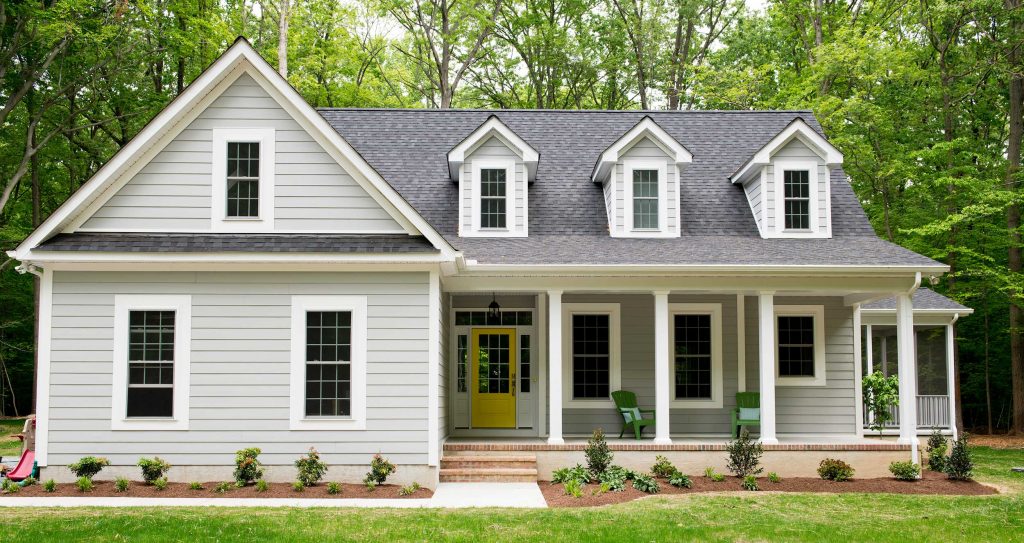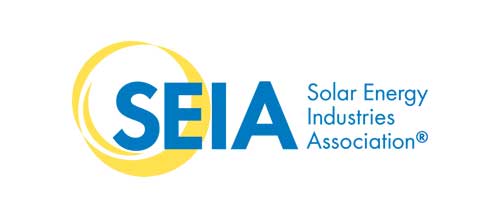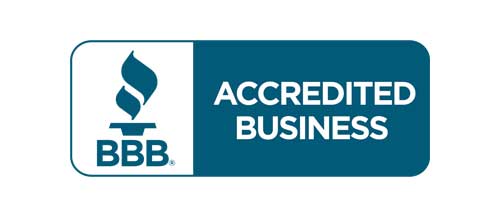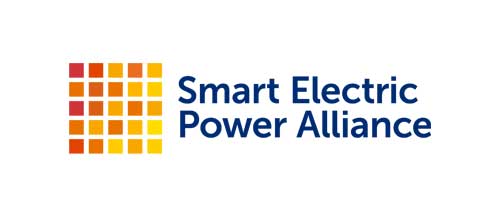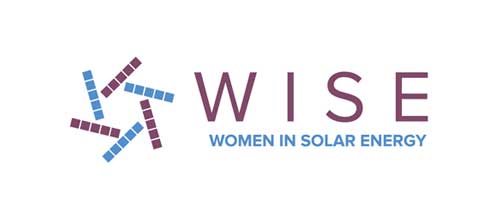You’ve realized it’s time to replace your roof and the first thought that pops into your head is how you are going to pay for it. Replacing your roof isn’t only essential in that it “keeps a roof over your head” but it is also a great investment towards your home’s overall value. With the average roof in the U.S. costing a little over $6,500 and some roofs even ranging north of $13,000, it’s important to choose the financing option which works best for you
.
When to know it’s time to replace.
Most roofs can last for 20-25 years, so if yours is nearing this age, it may be time to replace. As well, if your starting to notice extensive leaks in your roof, you may want to have your contractor come out and determine if you need to repair or replace. Other reasons may include aesthetics or curb appeal. Your roof is one of the first things you see on the exterior of your home and if it’s starting to look less than ideal in your eyes, a roof replacement may be exactly what you’re looking for.
Now, let’s take a look at some possible payment or financing options.
Cash
Paying cash for your new roof is the best option if you can afford it.
Pros of Paying Cash
- It allows you to make a one-time payment up front without obtaining a loan. A good way to save up for a new roof is to determine how much your new roof will cost and start saving well ahead of time, so you can put that money towards the replacement when the time comes.
Cons of Paying Cash
- A new roof is expensive and sometimes needs to be replaced when you least expect, so it’s understandable not to have that money saved and ready to use.
In addition, financing options are readily available for home improvements, so it may be better to keep that money on hand for other emergencies.
Credit Card
You may also consider using a low-interest credit card for financing your new roof. Try to avoid using it for any other purchases other than your roof replacement and be sure to break up the costs into a realistic payment plan that works for you.
Pros of a Credit Card
- Create your own payment amounts. For this option you will need to stay organized and be sure to set aside money each month, so you don’t rack up interest on your credit card.
- Credit cards provide a lot of flexibility for use, meaning you can use them to purchase just about anything. Also meaning it may not be a good idea to tie up a significant amount of a credit line for an improvement that you may be able to finance through other means. You can save your credit card line for other emergencies.
- Credit cards typically have a fast application process which is ideal if you’re in a hurry.
- Some credit cards have 0% APR for a certain amount of time allowing you to pay zero interest if you pay off your debt in that specific amount of time. Be sure to make sure you understand the promotional period and any implications for not paying off before the promotion period is over.
Cons of a Credit Card
- Interest rates are typically higher for credit cards. You may be able to pay a lower total cost with financing interest using another financing option. Credit card interest can be high and if you can’t obtain a credit card with a low interest rate, this financing option may not make the most sense.
- Additional fees or rate changes can occur, so be sure to read the fine print so you fully understand the additional costs and if there are any rate changes.
- You must pay back your debt faster with a credit card in order to avoid high interest rates. So, if you’re looking for an option that provides low monthly payments, a credit card might not be right for you. High interest rates can occur if you are not careful budgeting your monthly payments, meaning you could be paying much more than originally expected.
- You can’t set up autopay on a credit card, as opposed to a loan, which helps you regulate your monthly payments and avoid late fees when you make a late payment.
HELOC
A Home Equity Line of Credit (HELOC) is a line of credit where the collateral is the borrower’s equity in the home.
Pros of a HELOC
- It will typically have lower interest rates than credit cards and other financing. This is because a HELOC is secured by your home and is viewed as less of a risk then an unsecured loan by financing providers.
- Your payments will typically be lower since a HELOC is a long-term loan. While this is an attractive option, be sure to make a payment plan that ends with you paying off the loan in a reasonable amount of time, so you don’t get stuck with the loan for too long.
- Flexible payment schedules meaning you can typically pay off your HELOC when you wish. Although, be sure to talk to a loan officer or specialist about this too make sure there aren’t any additional fees that could occur.
- There are tax advantages that come with a HELOC since it’s a type of mortgage. So, the interest you pay on your HELOC is tax-deductible for borrowers who itemize. New tax laws have put more restrictions on what is a tax-deductible use for a home equity loan, so make sure to consult a tax advisor to determine any benefits this may provide for you.
Cons of a HELOC
- It can take time to get approved and if you’re working with a tight timeline, this may be less than ideal. The application process and documentation are often more arduous than other options.
- You will need equity in your home. The amount of equity may vary by program but in general you will need more than 20% equity. Online real estate listing pages like Zillow and Redfin can give you an idea of what your home may be worth today. These are estimates and a finance provider will have their own means of determining your homes current market value.
- Hidden fees can be associated with a HELOC and are something that you will want to take into consideration and be sure to review carefully.
- Your interest rate can rise over time with a HELOC. Since a HELOC is an adjustable-rate loan, you may end up paying a higher interest rate then you originally started out with. Although, if rates do rise and this happens, most HELOCS allow you to convert your loan balance to a fixed rate loan which can be a good alternative.
- Hold on to home equity for other major expenses. Remember that HELOCs can be used on a wide range of purchases including college and other major expenses. Financing is generally available for home improvements outside of HELOCs, so before exercising your home equity consider whether you will want to access it in the future.
Personal Loan
A personal loan is an unsecured loan, meaning you don’t need to have collateral in order to borrow the money.
Pros of a Personal Loan
- It allows for flexibility and can be used for a variety of reasons, including replacing your roof.
- If you don’t have much time and don’t have much equity in your home, a personal loan could be the perfect option. Easy to obtain. This is an ideal loan if you’re in a hurry, approvals are fast and minimal documentation is required to finalize the loan, as a result you can have a loan very quickly.
- The interest rates tend to be lower than a credit card if you have good credit, but higher than property secured loans
Cons of a Personal Loan
- These loans are considered higher risk by lenders, so most lenders require good credit for them to offer you the loan. The better the score you have the more likely you’ll be approved and offered a lower interest rate.
- Some lenders may penalize for early repayment so make sure you understand the terms of repayment. Stricter repayment terms may occur when you don’t have a high credit score.
- Beware of hidden fees that can come with a personal loan. Be sure to check and see if you will be charged when you miss or are late for a payment and any other fees that can occur.
So, what is good credit?
Credit scores range from 300 – 850 with a credit score of 700 or higher typically being considered good, a score of 800 or above being excellent, and below 650 needing improvement. Most credit scores are between 600 and 750 according to Experian. The higher your credit score, the lower your interest rates. For a personal loan you will likely need a score of at least 650 or higher to qualify.
Determining if a personal loan is right for you is dependent on your particular situation and if you are able to obtain an interest rate and terms that fit your financial needs.
Financing with Dividend
If you’re in immediate need of a new roof, financing your project with home improvement financing may be the best solution. At Dividend Finance, we are a specialty lender for home improvements, which means we may have options that best align with your needs when financing that new roof.
At Dividend Finance we offer short and long-term payment options depending on your needs. Along with $0-down, no pre-payment penalties, and white-glove customer service, we make the financing process hassle free and seamless. So, you can worry less about how you are going to pay for your roof and more about what kind of roof you’re going to get.
After all, financing your loan shouldn’t take longer than your home improvement.
